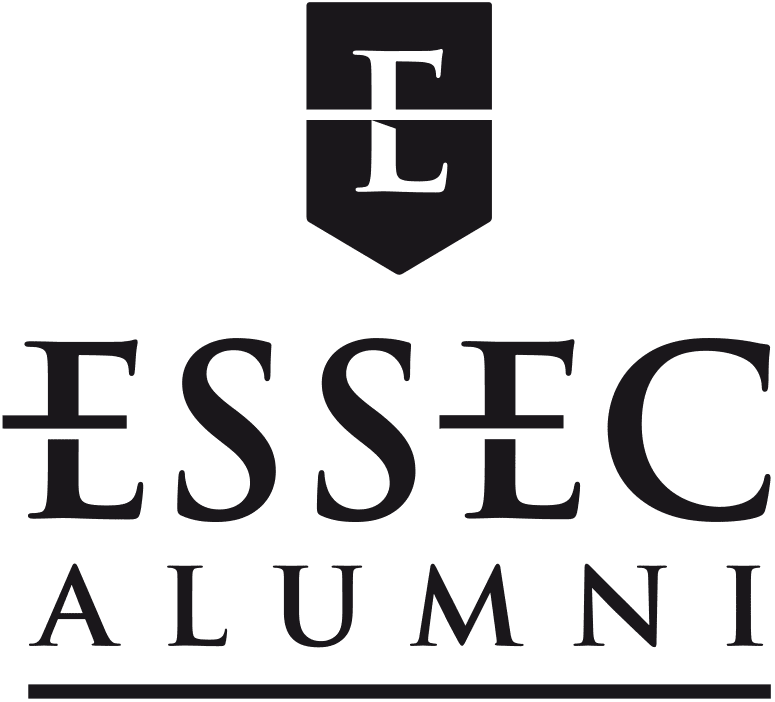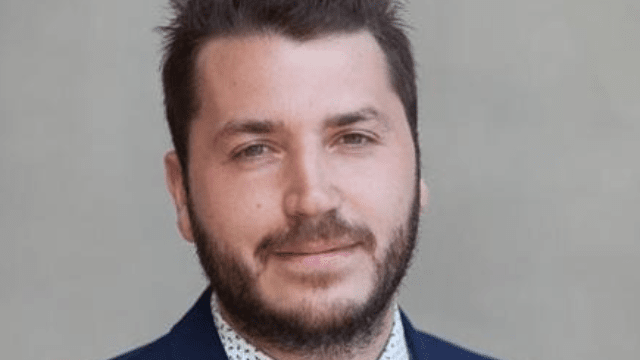Avner Simeoni (M19): “We’re still at square one in terms of social impact”
Avner Simeoni (M19) specialises in measuring corporate social impact. This discipline is set to grow rapidly, complementing initiatives to promote the green transition. We have a closer look.
ESSEC Alumni: How did you come to specialise in social impact?
Avner Simeoni: After a PhD in Materials Science from Aix-Marseille University, I completed my training with a Specialised Masters in Technology Project Management at ESSEC, where I also joined the Social Innovation Chair. I then joined Deloitte Développement Durable before launching my own social impact consulting and support business. I also work with ESSEC Impact Unlimited, ESSEC's impact measurement consultancy division.
EA: What exactly does measuring social impact entail?
A. Simeoni: According to the French Higher Council for the Social and Solidarity Economy, it involves measuring “all the significant direct or indirect consequences (developments, shifts, changes, radical transformations) of an organisation's activities, both for its external stakeholders (beneficiaries, users, customers, to which we could add donors and investors), within its territory, and for its internal stakeholders (employees, volunteers), as well as for society in general”. It should be added that this discipline originated in the English-speaking world, which does not distinguish between the terms “social” and “societal” as we do in French; in other words, it can be applied to both these dimensions and also to environmental issues.
EA: In practice, how does a social impact assessment unfold?
A. Simeoni: We go back to the origins of the project and the changes it was designed to bring about, and we discuss the issues with the stakeholders who are genuinely affected, using collective intelligence techniques to establish qualitative and quantitative indicators in the form of hypotheses to be verified.
EA: What are the main social impact indicators?
A. Simeoni: As there are no standardised indicators, case-by-case indicators are used according to the project. However, distinctions can be made between different types of indicators. Achievement indicators reflect the scope of the project. Outcome indicators reflect the changes observed in the short term after the project has been rolled out. Impact indicators measure long-lasting (“long-term”) changes that can be attributed (at least partly) to the project. For example: the Diversity Fresco, created by ESSEC, passed the milestone of 20,000 participants in 2024 (achievement indicator); of these 20,000 participants, X% claim to have a better understanding of situations of inequality and discrimination (outcome indicator); and X% of the companies trained have gone on to implement new systems to promote inclusion (impact indicator).
EA: Today, how aware are companies of their social impact?
A. Simeoni: Now widespread, CSR initiatives naturally invite companies to consider their social impact. However, it has become apparent that environmental issues, and climate change in particular, are taking priority. In most cases, social impact is only considered internally, at employee level, through HR functions (training, well-being, gender equality, etc.). We’re still virtually at square one, particularly with regard to external stakeholders.
EA: What about public and regulatory action in this field?
A. Simeoni: There are no specific regulations requiring companies to undertake a social impact measurement process in the canonical sense of the term. However, the French law on the duty of vigilance, enacted in 2017, encourages major companies to consider their impact on every link in their value chain, right down to tier X suppliers, and the European CSRD, transposed into French law at the end of 2023, introduces much stronger sustainability reporting requirements on all issues, including social, with the “double materiality” concept covering both the impact on economic performance (financial materiality, generally already widely considered) and the impact on society (materiality of impacts).
EA: In this context, has social impact measurement progressed in recent years?
A. Simeoni: On average, the 1980s saw the publication of one scientific paper on social impact measurement per year. Since 2020, there have been more than 180 every year. Despite the fact that there is still a long way to go, enormous progress has therefore been made, as shown by the Social Impact Assessment Overviews published by ESSEC and Impact Tank. Logically, players in the social and solidarity economy have a particularly exemplary record in this field. The consulting sector has also embraced this issue, with the development of dedicated offerings by the Big 4 and the emergence of specialist players such as Improve and Kimso, co-founded by Octavie Baculard (E90) and Emeline Stievenart (E07). Another example is the roll-out of social impact contracts, which enable investors in high-impact projects to receive public reimbursements if the social objectives set in advance are achieved – and even a bonus if they are exceeded.
EA: What other initiatives do you think could be launched to improve the social impact of companies?
A. Simeoni: We could consider making training on this subject compulsory. And without introducing coercive measures, companies would be well advised to share their best practices and feedback, through sector-specific symposia, for example, and to develop dedicated resources. Another interesting idea is to create posts for social impact managers, as my former client McDonald's France did when I was working with them during my time at Deloitte.
EA: At an individual level, what actions can we undertake today to improve our social impact?
A. Simeoni: Firstly, follow a training course. Secondly, get all the stakeholders (internal and external) on board, because the success of the approach depends on their motivation, the availability of resources, the ability to think outside the box and to compare points of view, particularly those of the beneficiaries who are in the best position to confirm or raise new impact hypotheses. Finally, we need to move towards performance management based on impact rather than finance, or at least link the two, from the very start of an activity when objectives are set, and not just when results are assessed.
EA: What tools and resources should be used?
A. Simeoni: I recommend two methods. Firstly, the social return on investment (SROI) method, a comprehensive approach that starts at the scoping stage and continues through to the monetisation stage. For example, an SROI of 3 means that the project in question generates €3 of social value for every €1 invested. For more details, please refer to the SROI Guide published in 2012 by The Cabinet Office (UK) and translated into French by ESSEC. Then there is the avoided costs method, which is especially appropriate for public funders because, as its name suggests, it seeks to estimate and assess the value for society of the costs avoided as a result of a social project: if these costs are higher than those incurred in the project, then the latter is considered to have a positive impact. For an introduction to this approach, I recommend the Petit précis de l'évaluation de l'impact social published in 2021 by ESSEC, Avise and Mouvement Impact France.
EA: More generally, where can you find training on social impact measurement?
A. Simeoni: You can start with free-access courses on the Internet, such as the MOOCs by our dear professor Thierry Sibieude (E99), who is now an associate expert at the Social Innovation Chair that he led for many years. But there's no substitute for face-to-face training with experts: I personally provide this, using collective intelligence techniques that waste no time in enabling trainees to put what they have learned into practice. Feel free to contact me at contact@avner-simeoni.fr.
EA: In addition to your training activities, what kind of work do you do for companies?
A. Simeoni: I recently started working alongside one of France's biggest funders of equal opportunity associations, which injects several hundred thousand euros into each of their projects, amounting to several million euros per year. This funder asked me to analyse the impact of its support (financial and non-financial) on the projects and teams that receive the funding (direct impact) and on the final beneficiaries (indirect impact), both quantitatively (statistical study, cross-analysis) and qualitatively (individual interviews, compilation of transcripts). Another project close to my heart is measuring the impact of another funder that focuses on innovation to promote successful ageing. This time, the client also wanted to use my work to improve its call for projects: the assignment therefore also involved impact-based performance management.
EA: What is the outlook for the social impact field in the years to come?
A. Simeoni: I believe that this subject will continue to grow in importance, particularly from a regulatory perspective, where I believe it will undergo what the environmental dimension has experienced in recent years: ever more ambitious targets and ever greater demands for transparency. The motto could be “Social is the new Green”, especially as the green transition, which will remain key due to its urgency, cannot succeed if it is not socially just. In fact, the two go hand in hand and follow the same logic: it's better to take action now than trying to play catch-up later.
Find out more (in French):
avner-simeoni.fr
Interview by Louis Armengaud Wurmser (E10), Content Manager at ESSEC Alumni
Do you want more content? Join us now so that we can keep bringing you news about the ESSEC network.

Comments0
Please log in to see or add a comment
Suggested Articles




